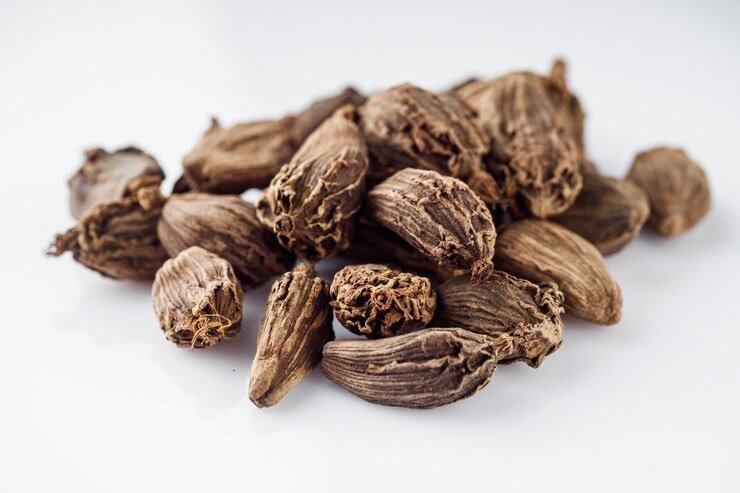The article highlights the complex trade dynamics surrounding black cardamom, particularly between India, Nepal, and Pakistan. Despite India being a leading producer and exporter of black cardamom, it still imports a significant amount from Nepal and Bhutan for re-export purposes,
primarily to Pakistan, which is the major recipient of these exports. Other countries like those in the Gulf region and West Asia also import a small portion of the black cardamom exported from Nepal and Bhutan.
The demand for black cardamom surges during the holy month of Ramzan, especially in Muslim-majority countries, driving up its price.
In Nepal, which does not have its own sea ports, the price of black cardamom has been rising sharply due to strong demand from India.
Nepal's unique drying process, which involves heating the cardamom in furnaces after harvesting, contributes to its distinct flavor, appearance, and color.
However, the trade is facing challenges. Producers and stockists in Nepal have started hoarding black cardamom, making it difficult to estimate the actual production for the year.
Moreover, production in Nepal is expected to decrease by about 25 percent, while India's crop, particularly from regions like Sikkim, Meghalaya, Assam, and Nagaland, is also projected to be lower in the 2024-25 season.
Bhutan has similarly experienced a dip in production. This creates a potential for good business opportunities in black cardamom in the coming months due to the tightening supply and increased demand.

